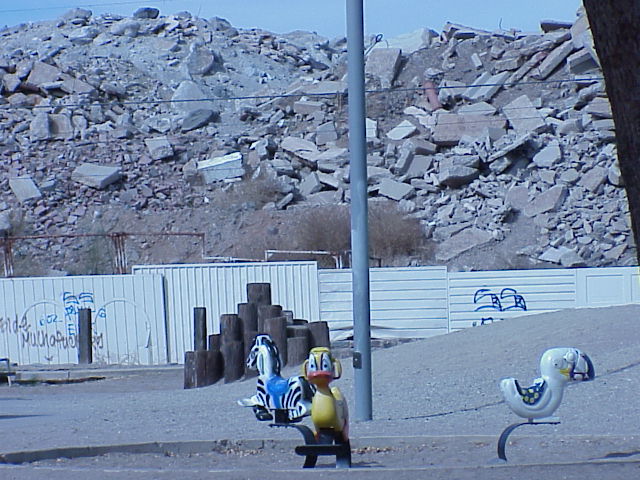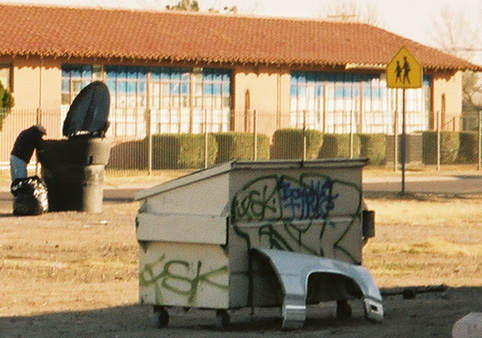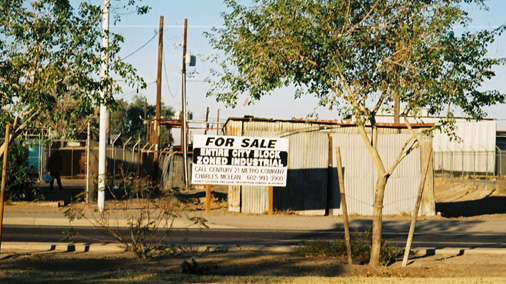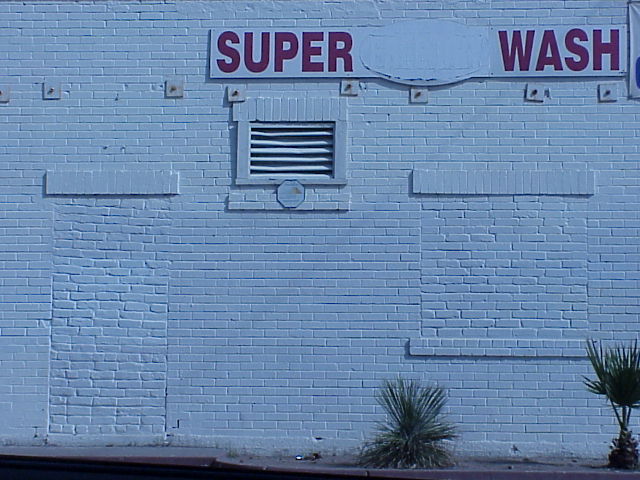By: Nicole Kist


Is the United States of America really as united as we think or is it much more segregated than we ever could have imagined? I am beginning to ask myself this exact question. A country that claims to be united can't possibly have such drastically different, unequally developed areas within one city, can it? From a distance The United States appears to be a nearly perfect place, and even though I would rather live no where else, I think that perfect image is an illusion. How can major cities that grow everyday economically, and socially contain such unimaginable hidden neighborhoods?
It is becoming an increasingly more familiar trend and a very frightening one at that, the third-worlding within the first world. The third-worlding within the a first world is when a powerful global icon, a first world country, like the U.S., has areas within it that appear to have all of the characteristics of a third world country. In every major city there are areas that every residents knows as the "bad side of town". These "bad sides of town" are the disinvested, poor, minority areas of the city. These areas are generally older neighborhoods that have been deteriorating over time and because housing costs are less than other areas of town, these areas become inhabited by lower income families. Many of the families that move into these areas are immigrants, or lower-working class families. Unfortunately, with these areas of the city comes crime. Criminal activity is generally higher in these areas because of the economical situations of the area, poorer schools, lower levels of education, and there are few programs offered for the youth in the community. So instead of spending there time doing something productive many of the children fall into a live of crime or join gangs for the "fun" and "attention" they think comes along with it.
The third world areas of the United States will only continue to get worse if nothing is done to reverse the damage that has already occurred. Something needs to be done to restore the neighborhoods and bring them back to life as an area of the city, not an area apart from the city. But what can bring the areas back, is gentrification the answer? I think there is a better was than disinvesting the neighborhood, letting the buildings get so bad they are barely livable, only to bulldoze the whole think and throw up some condos so the original residents can't afford to live there any more and only white-collar wealthy people can move in. What is the point behind that. Many of the areas already look more like war zones than neighborhoods. "Buildings grow claws and spikes, their entrances acquire metal plates, their roofs get fenced in, and any additional openings are sealed, cutting down on light and ventilation. Glass windowpanes in first-floor windows are rare. Instead, window openings are bricked in or fitted with glass bricks. In schools and in buses, Plexiglas, frosty with scratches, blurs the view outside" (From "Bunkering the Poor: Our Fortified Ghettos" by Camiol Vergara, 1994). The scene Vergara depicts does not sound like a scene in the United States but somewhere over in a distant land. How can first world countries contain these third world areas? Explain to me how in one area of town, say Phoenix for example, there are million dollar homes. great schools, low crime rates, and dozens of community activities to enjoy; but less than 20 miles away there are subsidized and poor housing, horrible schools, unsafe neighborhoods, soaring crime rates, and the average income is below poverty.

